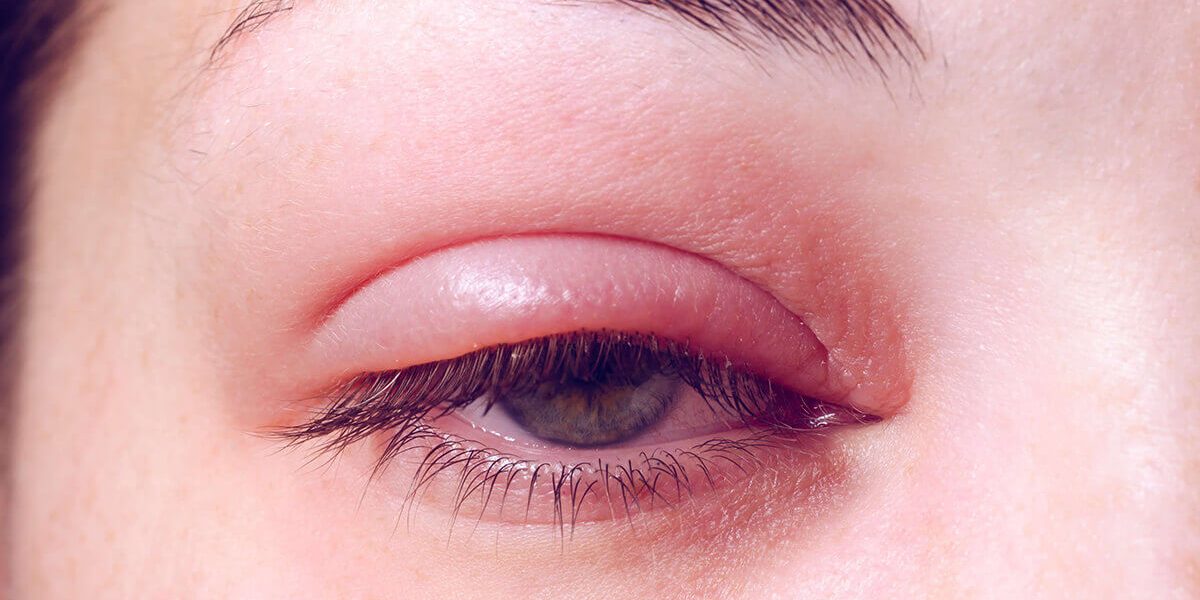Stye
What is a stye?
A stye, also known as an external hordeolum, is a term used to describe a red bump that appears on the eyelid skin, close to the eyelashes. This bump is caused by a bacterial infection of an oil gland. An abscess may occur around the eyelash and usually points anteriorly onto the eyelid skin. Patients often confuse an internal hordeolum (infection of a meibomian gland) for a stye. This, in fact, is not a stye because it does not originate at the base of the eyelash.
The onset of a stye is acute, meaning that it appears in a day or two. There may be pus in the bump and swelling of the skin surrounding the infection. Clinically, a stye causes tenderness, redness, and inflammation of the eyelid. The patient may also experience blurry vision if the inflamed nodule compresses the eyeball.
How do you treat a stye?
The best treatment for a stye is to apply warm compresses three to four times per day. The compresses must be warm enough to facilitate drainage of the infected material inside the gland. The compresses also help to decrease swelling and relieve the pain. When applying the compress, it is recommended to soak a sterile gauze in warm water and massage the area for five minutes. Compresses with chamomile tea may work, if it is natural tea, without preservatives or additives, which may inflame the skin more. Topical medications with a combination of a steroid and antibiotic may also help to reduce the swelling. These are applied as an ointment twice a day over the affected area.
Chalazion (internal hordeolum)
What is a chalazion?
A chalazion is a common eyelid condition in which the oil glands of the eyelid, most commonly the meibomian glands, have become inflamed. The manifestation of a chalazion is a red, painless nodule in the upper or lower eyelids and usually occurs as a result of the non-infectious obstruction of a gland.
Chalazion usually first appears as a firm and tender, red lump on the eyelid. As it progresses, the lump becomes painless and may shift backward and compress the globe, or it may drain forward through the skin. In some cases, the pressure exerted on the eye can cause significant astigmatism.
A chalazion has typical clinical features and the diagnosis can be easily made. It is reported that a correct diagnosis is made in 94% of cases. However, in about 6% of cases, a diagnosed chalazion is actually a benign or malignant lesion. The most important malignant lesion that simulates chalazion is sebaceous carcinoma, a very aggressive cancer with a poor prognosis, but other benign and malignant lesions can also have the appearance of a chalazion. Keeping this in mind, it is important to excise the chalazion, and biopsy, if necessary.
What is the best treatment for chalazion?
Several alternatives are available for the treatment and management of a chalazion. The least aggressive is warm compresses which sometimes work to decrease the inflammation associated with chalazion. However, most patients will need a more invasive treatment. A local injection of steroid medication applied directly to the affected area is a good option to reduce the size of the chalazion. Occasionally, this medication will need to be applied twice or more in order to achieve significant reduction of the nodule.
If warm compresses and steroid injections do not eliminate the chalazion, surgical intervention will be the best option for its successful removal.
A chalazion can be comfortably removed in the doctor’s office with the use of local anesthesia, although it may have to be performed in an operating room. By using a specialized clamp and entering the site though the inside of the eyelid, the surgeon can drain and remove any remnants of the nodule without making any visible incisions in the eyelid skin.











 |
|